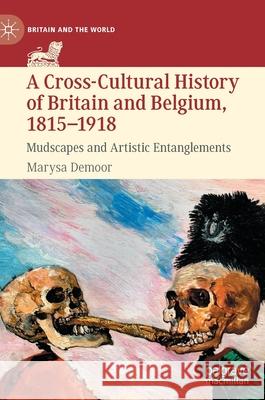A Cross-Cultural History of Britain and Belgium, 1815-1918: Mudscapes and Artistic Entanglements » książka
topmenu
A Cross-Cultural History of Britain and Belgium, 1815-1918: Mudscapes and Artistic Entanglements
ISBN-13: 9783030879259 / Angielski / Twarda / 2022 / 306 str.
A Cross-Cultural History of Britain and Belgium, 1815-1918: Mudscapes and Artistic Entanglements
ISBN-13: 9783030879259 / Angielski / Twarda / 2022 / 306 str.
cena 563,56
(netto: 536,72 VAT: 5%)
Najniższa cena z 30 dni: 501,19
(netto: 536,72 VAT: 5%)
Najniższa cena z 30 dni: 501,19
Termin realizacji zamówienia:
ok. 22 dni roboczych
Bez gwarancji dostawy przed świętami
ok. 22 dni roboczych
Bez gwarancji dostawy przed świętami
Darmowa dostawa!
Kategorie BISAC:
Wydawca:
Springer Nature Switzerland AG
Seria wydawnicza:
Język:
Angielski
ISBN-13:
9783030879259
Rok wydania:
2022
Ilość stron:
306
Waga:
0.51 kg
Wymiary:
21.01 x 14.81 x 1.91
Oprawa:
Twarda
Wolumenów:
01
Dodatkowe informacje:
Wydanie ilustrowane











